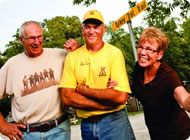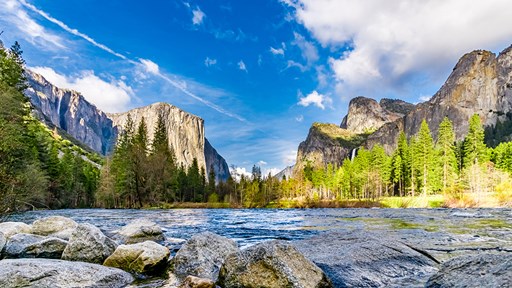When you leave the daily routine behind to go camping, it takes some time to acclimate to a different pace of life and fully observe the natural setting. The first step to slowing down is to notice where you are. Take a deep breath of fresh air and listen to the stillness. Try a few or all of the following nature-bonding activities to help you jump in and appreciate your new surroundings.
Here’s How You Can Appreciate Nature

1. Nature Walk Worksheet
To fully engage with nature on your next stroll through the woods, to the river or lake, mountain or desert, notice your sensory experience. A nature walk worksheet can help you and your kids engage with your surroundings, helping you feel totally immersed in nature—like a big hug! Fold a sheet of paper into four, open it, then write one of these prompts at the top of each box: I see…, I hear…, I smell…, I feel…. As you explore, fill in the boxes with sensory details.
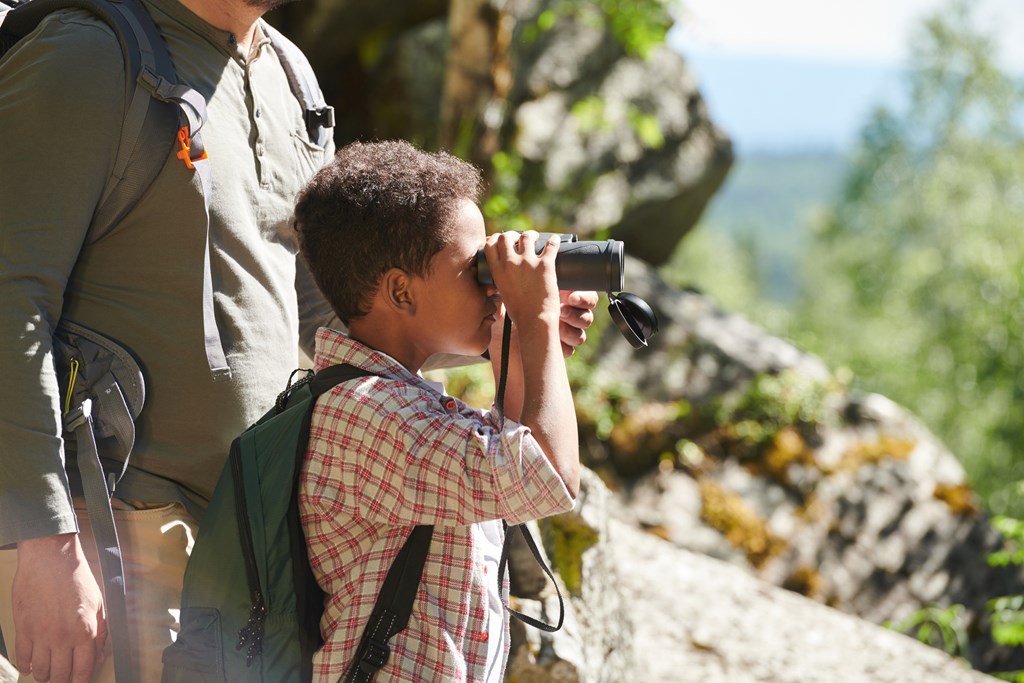
2. Binoculars
Binoculars bring animals and natural landscapes from afar into view. It’s challenging to get a good look at birds flitting through trees or soaring high above. It might even be dangerous to get too close to active scenes like steaming geysers, crashing ocean waves or predatory animals. But from a safe distance, binoculars reveal nature in action.
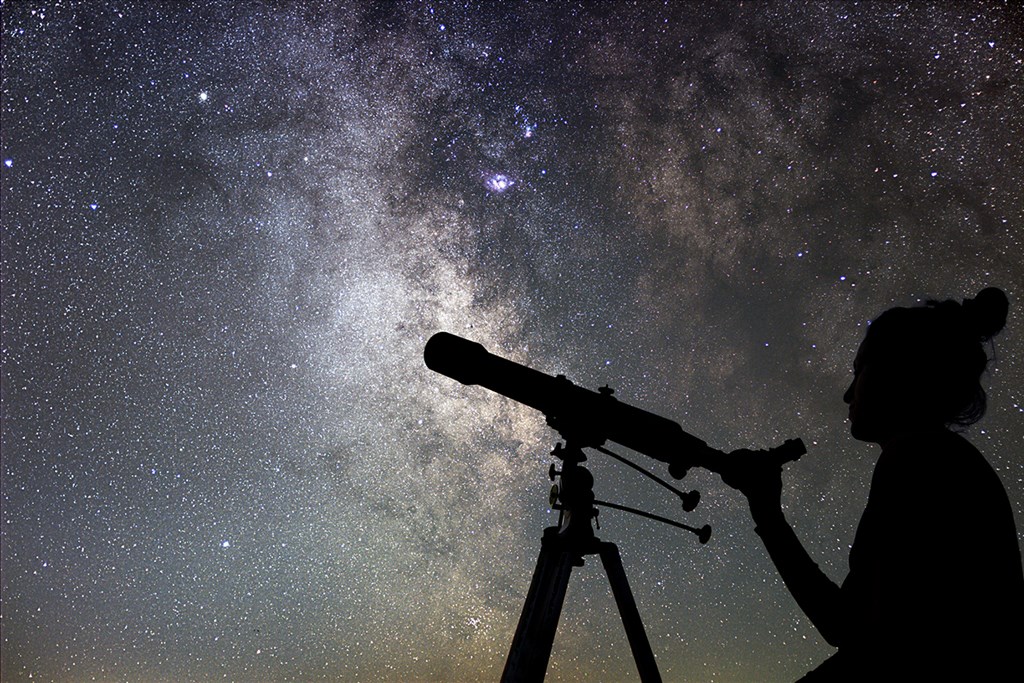
3. Telescope
A whole new natural world is revealed at night—a sky full of stars. Enjoy the night sky just by looking up. Meteors streak by, and satellites scoot out of view in their orbits around the Earth. For a detailed view of the moon, a planet or two, or a cluster of stars, set up a telescope. Check a sky chart for your location and orientation to determine which celestial features you can expect to find.

4. Photography and Video
Of course, you’ll want to take photos and videos of the awe-inspiring nature found on your camping trip. If you want to take close-ups of animals, make sure the camera you use has a powerful zoom. Zooming in on animals keeps both you and them safe and limits interference with their activities. If capturing gorgeous scenery to share on social media is the objective, a camera with basic settings – or even your smartphone – will do the job.

5. Nature Sketching
Start by taking a seat in your camp chair and notice the nature around you. What animals or plants do you see? Pick one of these to draw, or widen the view to the full landscape. You may not be an artist, but you can attempt to represent the scene by sketching basic shapes, then filling in details. Once you have a nice representation, fill in your drawing with colored pencils or watercolors.
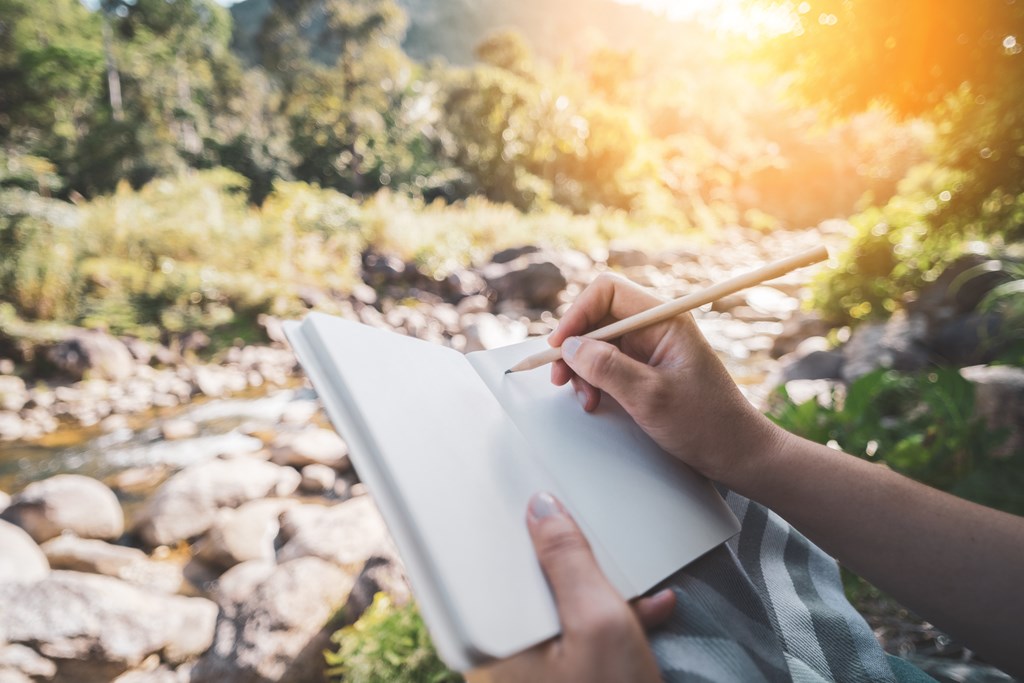
6. Nature Journal
Keeping a nature journal is a reminder always to be mindful and attentive when interacting with nature so you can accurately document your experience. A nature journal is a great place to paste in the photos you took and add detailed captions for each one. You can do your sketches on the journal pages or attach them later. Transcribe nature walk discoveries into the journal, expanding the notes into journal passages and nature stories. The journal is a personal keepsake that’ll prompt more nature-filled healing journeys.

Eva Barrows is an accomplished San Francisco Peninsula freelance writer and book editor. She writes for regional magazines like PUNCH and Edible Silicon Valley and was editor-in-chief of Live&ThriveCA magazine. She founded the online literary journal Imitation Fruit in 2007 and has enjoyed promoting fellow writers and artists ever since. Read more of her travel writing at www.evabarrows.com.

















